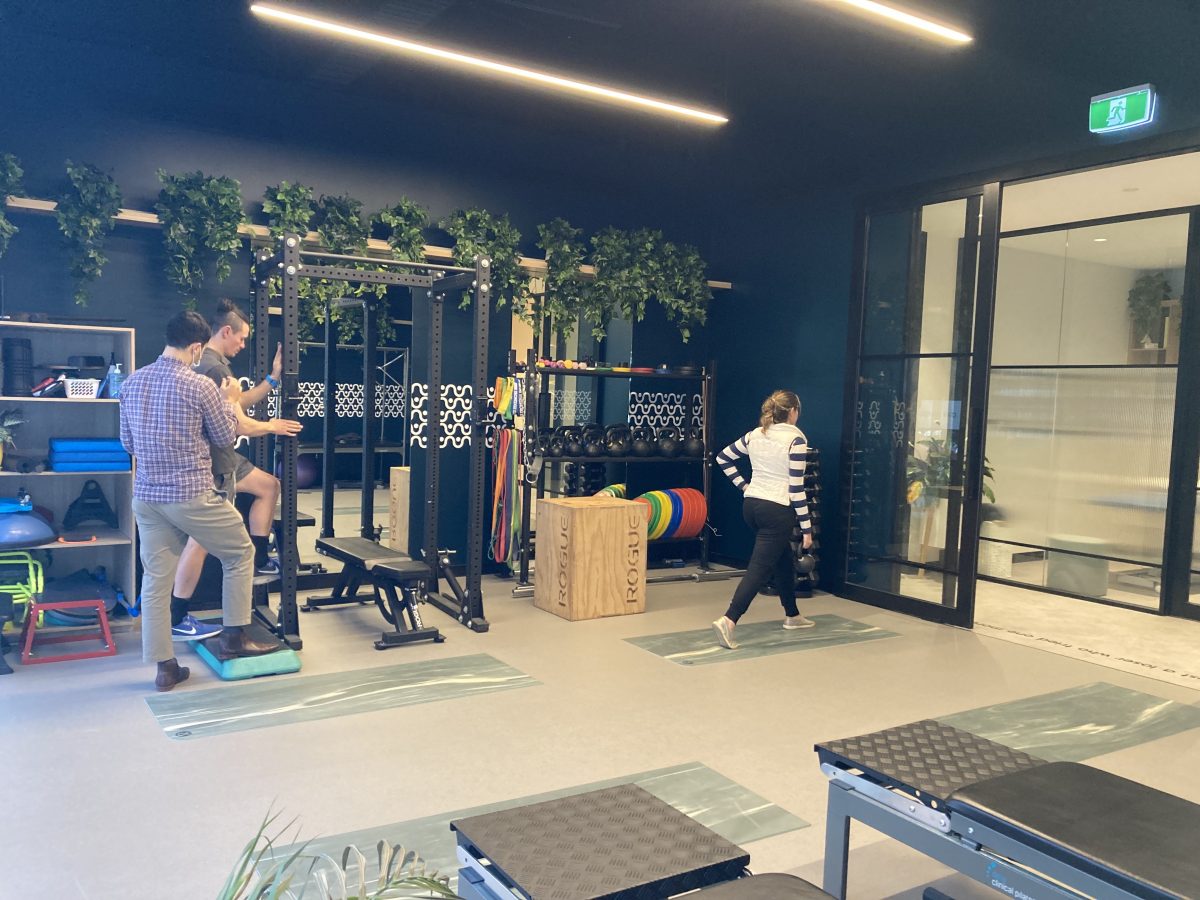As we get older, it becomes increasingly important to keep active. You might not be training for a marathon or taking part in a high-stakes competitive sport but regular, low to moderate impact exercise can significantly improve your quality of life — even extend it.
If you’re struggling to find ways to keep active or are concerned about what impact exercise will have on your body, it’s best to seek professional assistance, particularly if it’s been a little while since you engaged in any type of physical activity. Visit a clinic that provides physiotherapy in Ringwood to benefit from expert, tailored advice.
For now, keep reading to learn a little more about the positive impact that physical activity has on our bodies at all ages, but particularly in more senior years.

All about aging
Aging is defined as the progressive physiological changes in an organism that leads to a decline of biological functions and the organism’s ability to adapt to metabolic stress. All species experience aging, just at different rates. In Australia, the current life expectancy of a male born in 2021 in 81.2 years while a female can expect to live 85.3 years. Australia is ranked comparatively high in this regard, currently sitting seventh amongst 37 OECD countries.
For humans, the aging process can begin as early as our 20s, when our bodies begin producing less collagen, resulting in fine lines and skin wrinkles. Other cosmetic signs of aging, like greying hair, can also appear around this time.
Even within species, symptoms associated with aging may occur at different times. Scientists believe there are certain intrinsic factors that affect our ongoing health and wellbeing, including our genetics. However, there’s no disputing the fact that external factors, like diet, lifestyle, UV exposure, drinking and smoking habits, and exercise all have an effect on the rate at which cells divide and multiply.
The link between exercise and aging
Some scientists have suggested that physical activity is more important for seniors than any other age group. Unfortunately, only 1 in 10 Australians over the age of 50 exercises enough to gain any type of cardiovascular benefit.
Without regular exercise, even at a low intensity, an individual over the age of 50 can expect to develop:
- Reduced muscle mass and associated strength
- Reduced coordination and balance
- Reduced flexibility
- Reduced cardiovascular functioning
- Reduced bone strength
- Increased blood pressure
- Increased psychological stress
- Increased risk of chronic disease.
Numerous studies have found exercise is one of the best ways to delay the inevitable symptoms associated with aging.
Recommended types of exercise
The type of exercise you should engage in really depends on your history of physical activity and overall health and wellbeing. If you have any doubts or concerns, speak to a professional before starting a new sport or exercise routine.
Generally speaking, the following exercises are a great way for older people to keep active and mobile:
Water aerobics: Exercising in water removes the stress and strain associated with standard aerobics, making it a perfect low-impact activity. It’s particularly good for those with arthritis and other joint issues. Group water aerobics classes are also a great way to stay social.
Yoga: There are many physical benefits associated with yoga, including improved flexibility, balance, and posture. Yoga is often associated with extremely flexible people but you don’t have to be able to do the splits to reap the benefits of this type of exercise. Yoga also teaches mindfulness, which can help improve psychological wellbeing.
Walking: Getting out in the fresh air can do wonders for both physical and psychological health. While walking might involve a few laps around the block, there are many great trails and hikes around Melbourne that are perfect for seniors. Walking in a group is also a fantastic social activity.
Dumbbell training: Loss of muscular strength is to be expected when aging but it can have a significant impact on overall health and wellbeing. Simple tasks like getting out of an armchair or carrying shopping bags to the car can soon become impossible. Dumbbell training doesn’t have to involve extremely heavy weights or exhausting workouts. A full-body 20 dumbbell session two or three times a week can transform your quality of life.
Where to get help
If you’re looking to get off the couch and get active, it’s important that you start by seeking professional advice — particularly if you’re older and it’s been many years since you engaged in physical activity.
Start by searching for a “physiotherapist near me”. They’ll be able to first assess your overall fitness and recommend activities that are appropriate for your level. They can also offer advice regarding techniques and help prevent injuries that are commonly associated with old age.
Getting older doesn’t have to mean you spend all your time sitting in front of the TV. Speak to a clinic that provides physiotherapy in Ringwood today to discuss a safe, positive way to stay healthy and active.

